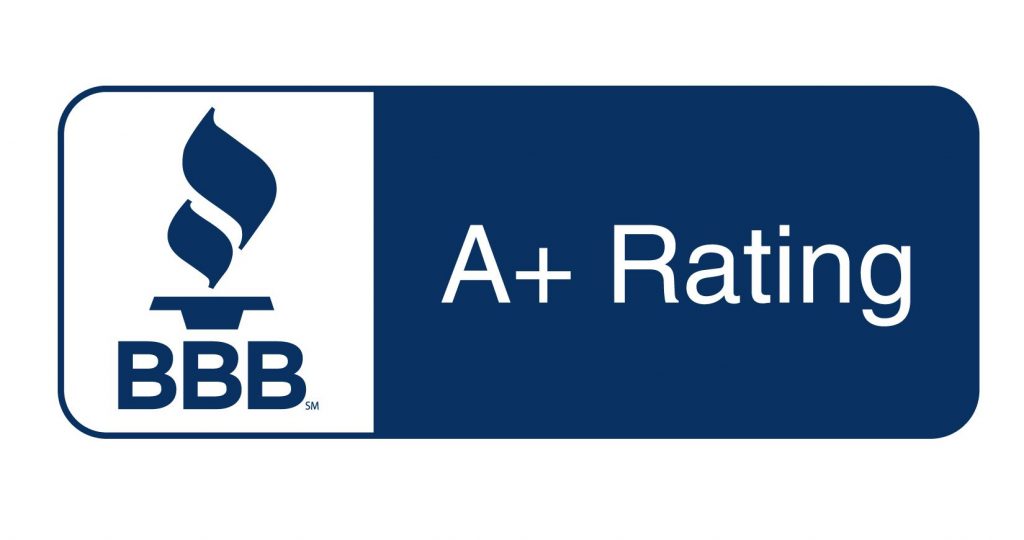“Cancer” is not a word any of us want to hear, but it’s a reality that many of us face. In fact, one out of every three women and one out of every two men can expect a cancer diagnosis within their lifetime. It’s the second most common cause of death, just behind heart attacks.
Fortunately, with advancements in medicine, cancer isn’t always the death sentence it once was. However, the cost of cancer treatment is still a major burden. Having a cancer insurance policy in place will relieve that burden and allow you to focus on getting the care you need.
This post will help you understand how cancer insurance works and what you can expect if you have Medicare.
Does Medicare Cover Cancer Treatment?
Before we talk about cancer insurance, let’s review how Medicare covers cancer so you can see what benefits you might already have.
Original Medicare
Original Medicare is made up of Part A (hospital insurance) and Part B (medical insurance). Cancer treatments are included in that coverage. Part A will help pay for hospital stays or time in a skilled nursing facility. It’ll also cover hospice care and some home health care.
The cancer treatment itself falls under Part B. This might include chemotherapy, radiation, lab tests, medical equipment, and doctor’s visits.
Of course, even though cancer treatment is covered by Medicare, you’ll still have a number of out-of-pocket costs. Both Part A and Part B have deductibles and copays. The scariest part of having Original Medicare alone is that there is no out-of-pocket maximum on your expenses. You may only owe a 20% coinsurance cost, but with cancer treatment, that will amount to quite a large number.
Medicare Supplements
One way to reduce your out-of-pocket costs under Original Medicare is with a Medicare Supplement plan, also known as a Medigap plan. Medicare Supplements cover everything that Parts A and B cover. They act as a secondary form of insurance that picks up some (or all) of the costs that you’d otherwise have to pay yourself.
Popular Medigap plans include Plans F, G, and N. These will all drastically reduce the cost of cancer treatments.
Prescription Drug Coverage
You’ll also need to consider the cost of prescriptions if you are undergoing cancer treatment. If you have Original Medicare, you’ll need a separate Part D plan to cover prescriptions. While Part D plans do include many cancer drugs, your out-of-pocket costs will likely be significant.
Medicare Advantage
Medicare Advantage, also known as Medicare Part C, is an alternative to Original Medicare that is offered by private insurance carriers. If you have a Medicare Advantage plan, you’ll have at least as much coverage as Original Medicare, but your copays will be different.
Each Part C plan has unique coverage, so be sure to read the summary of benefits to find out how yours covers cancer treatments. In addition, many Medicare Advantage plans include prescription drug coverage.
Why Purchase Cancer Insurance
As you can see, even if you have Medicare, cancer treatment is still expensive. The cost of prescriptions alone is too much for most people. Plus, Medicare does not cover any experimental treatment you might want to try.
Outside of the actual treatment, you should consider other related costs. You (or your spouse) may need to take time off work. There could be travel costs like airfare, hotels, and food. You might even need someone to watch over your pets while you’re getting treatment. All these little things add even more costs to what is an already expensive endeavor.
That’s where cancer insurance comes in.
How Cancer Insurance Works
Most cancer insurance plans work a bit differently than your traditional health insurance policies. Each plan is different, but the kind that most Medicare beneficiaries purchase are called lump-sum plans.
A lump-sum cancer insurance plan is easy to understand. You decide how much coverage you want. You may choose as little as $5,000 worth of coverage or go up to tens of thousands for the benefit amount. Upon a cancer diagnosis, the insurance policy pays the full amount directly to you – not a hospital, doctor, or other healthcare provider.
The beauty of a lump-sum cancer plan is that you get to use those funds however you need them. You can put them towards medical costs, prescriptions, travel, childcare, etc. You won’t have to submit any claims or receipts. Use the funds as you see fit.
Regardless of your age or what kind of health insurance you have, it’s always wise to have a cancer policy. You don’t have to wait until you get on Medicare to enroll. In fact, most insurance companies base their premiums on your age. The younger you are when you get a plan, the lower your monthly premiums.
To learn more about cancer insurance, call your local insurance agents at Carolina Senior Benefits today!





